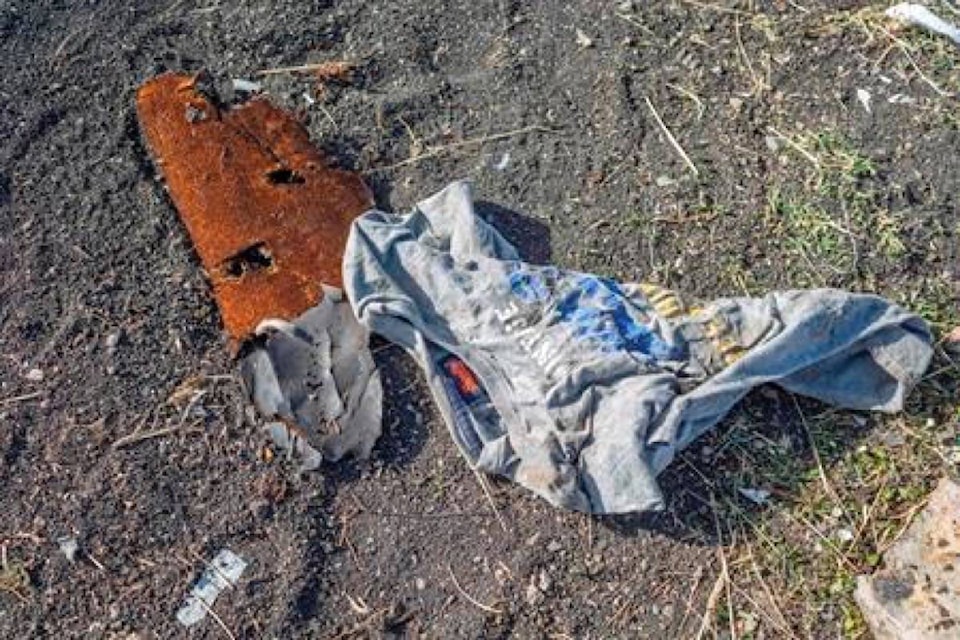What little was left was heartbreaking: A battered passport. A shredded book. Business cards in many languages.
Searchers in white gloves and canvas shoes picked their way through the scattered remains of Ethiopian Airlines flight 302 for a second day on Monday, gingerly lifting from the scorched earth the pieces of 157 lives.
The tattered book, its pages singed, appeared to be about macroeconomics, its passages highlighted by a careful reader in yellow and pink.
There was a shattered keyboard. And playfully printed T-shirts.
There was even a plaintively ringing mobile phone, picked up by a stranger and silenced.
The dead came from 35 countries. As their identities slowly emerged from shocked families, governments and employers, a common strand became clear.
The flight that set off Sunday morning from Ethiopia’s capital, faltered and plowed into the earth six minutes later was full of people unafraid to take on the world and its problems — and explore it, too.
The plane held 32 people from neighbouring Kenya, including a law student and a football official, a toll that left the country numb. Ethiopia lost 18 lives.
Others came from afar, to work or play: A satirist. A former ambassador. Tourists. An accountant.
But the number of humanitarian workers was shockingly high.
There were doctors. A child protection worker. Advocates. Environmental activists.
They carried high ideals obscured by mundane, bureaucratic names: Briefing papers. Capacity-building initiatives.
Addis Ababa and the plane’s destination, Nairobi, are popular hubs for aid workers addressing some of the world’s most pressing crises: Somalia. South Sudan. Climate change. Hunger.
“They all had one thing in common — a spirit to serve the people of the world and to make it a better place for us all,” the United Nations secretary-general said.
READ MORE: B.C. man among Ethiopian Airlines crash victims
READ MORE: Canadians mourn as victims of Ethiopian Airlines crash identified
At least 21 U.N. staffers were killed, he said, along with an unknown number of people who had worked closely with the world body.
The U.N. flag flew at half-staff on Monday, and Ethiopia marked a day of mourning for all.
Save the Children. The Norwegian Refugee Agency. The Red Cross of Norway. The International Committee for the Development of Peoples. The African Diaspora Youth Forum in Europe.
All mourned their colleagues.
A steady wind blew on Monday as more remains were found, flashes of humanity among the gritty pieces of hull and wheel.
Beyond the yellow tape around the crash site, huddled figures wrapped in blankets watched in silence.
___
Anna reported from Johannesburg.
___
Yidnek Kirubel And Cara Anna, The Associated Press
